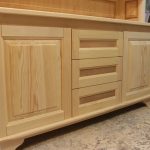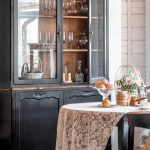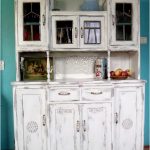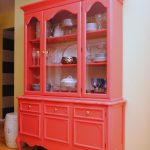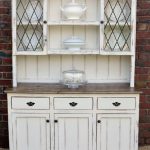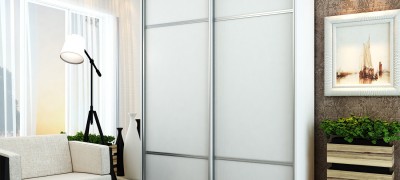How to make a buffet with your own hands
The sideboard is a spacious kitchen cabinet with an unusual shape. Today it is generally accepted that this piece of furniture is outdated and has no place in the modern design of a kitchen or living room. However, this is not true.
Features and purpose
The main purpose of the buffet is to store kitchen utensils, serving items, cutlery. Often, non-perishable foods (bowls of sweets and cookies), as well as drinks, are stored in the buffet.
This unusual piece of furniture easily copes with two functions at once:
- Practical - it is convenient to store in it, and it is convenient to get various kitchen utensils from it.
- Decorative - with a buffet, the interior becomes unusual, and the kitchen and living room are filled with home warmth and coziness.
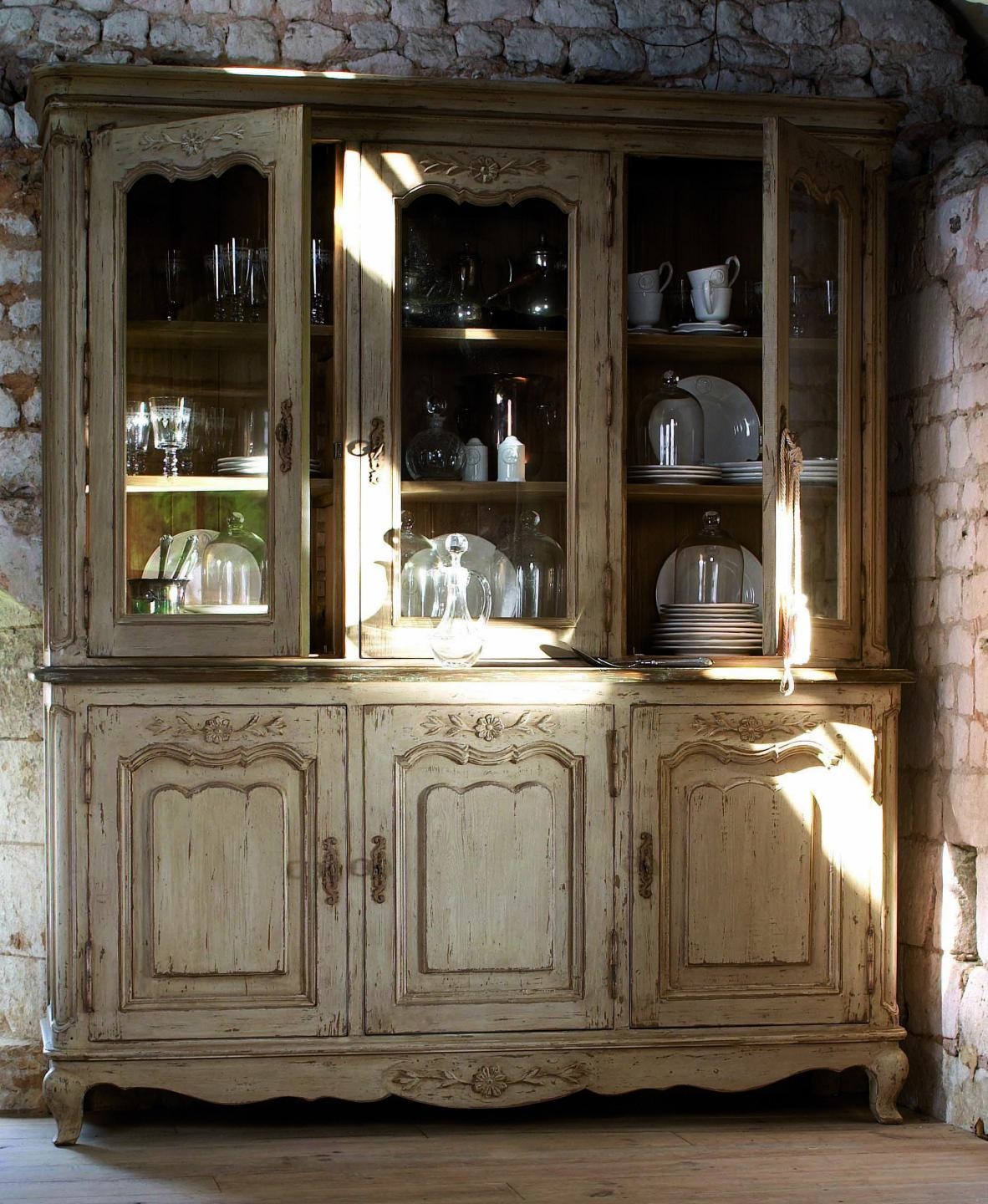
Sometimes sideboards are compared and even confused with other kitchen furniture. However, we can safely say that despite some similarities, in the end, the buffet is a unique thing in its kind. For example, if you compare it with a pencil case, then the buffet is slightly higher and much wider. Unlike the pedestal, it has three sections: upper, middle and lower. Finally, very often the sideboards are "equipped" with a table top and a niche.
Varieties
The sideboard is different from the sideboard. This piece of furniture may well be used not only for the kitchen or living room (this is the lot of classic sideboards). A sideboard and a display cabinet are also distinguished. Each model is distinguished by the presence or absence of open shelves, as well as the number of drawers.
The classic model is, after all, a kitchen option, or, as a last resort, it can be placed in a living room combined with a kitchen. On numerous shelves and in drawers, not only dishes and cutlery are placed, but tea, coffee, pastries and spices. The hostess's free niche is used as a worktop, for preparing snacks, brewing tea or effectively serving ready-made meals.

A sideboard is for a classic living room. Initially, sideboards were called low sideboards without an upper compartment. Modern models look very much like their predecessor, and differ only in the absence of a niche. The sideboard has a lower cabinet with two (sometimes three) doors, and an upper compartment with glazed facades. Thanks to such "showcases", it is possible to display expensive and spectacular tableware.
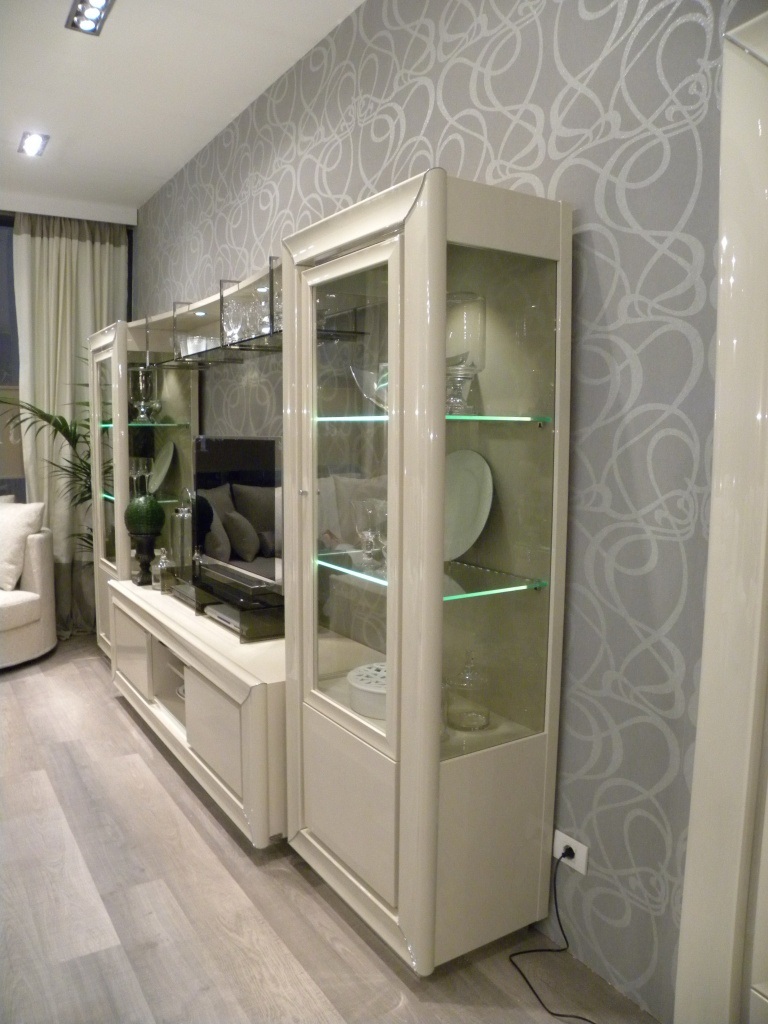
The display cabinet is another type of old sideboard. This model is considered ideal for the dining area, as it allows for displaying decorative gizmos and tableware, as well as providing easy access to them. Can be with open or glazed shelves.

A bit of history
The sideboard has been used as a piece of furniture since the 15th century. Its homeland is considered to be France and initially it was available exclusively to the wealthy nobility. We only used it for storing dishes. The first models had two compartments: one for porcelain and the other for silver cutlery. For maximum safety of the contents, the doors of the cupboards had special locks.

It is worth noting that the word "buffet" itself is literally translated from Latin as "brilliant table".
Only in the 17th century did these kitchen cabinets take on the shape we are accustomed to today. The upper part of the structure either remained open or was equipped with graceful doors. In the middle, there were drawers for storing cutlery, and in the lowest compartment with massive doors, heavy dishes were stored to make it easier to reach.

In the middle of the structure, between the upper and lower compartments, there was a tabletop. It was most often used to prepare cutlery for serving or to prepare quick snacks. It is believed that thanks to this function, the word "buffet" has received another meaning - a place for a snack.
In Russia, there was a prototype of a modern sideboard, which was a metal cabinet with legs. The model was used to store samovars, various containers for heating water, as well as jars of jam.
Modern buffets are not much different from their "ancestors". Like the tables and chairs familiar to us, kitchen cabinets have not lost their relevance and are still in demand in a wide variety of styles and interiors.

Design features
Traditionally, the buffet consists of three parts: upper, middle and lower.
The top is usually used to store utensils and kitchen items that are not used every day, such as glasses, wine glasses, exquisite dinner services and sets for guests. The uppermost shelves can be glazed, or they can be completely open. The glazed version is more preferable, since the dishes at the same time remain in sight, and, at the same time, are protected from dust, moisture and grease.

The middle section has special drawers for storing cutlery and other useful little things. In modern sideboards, such sections are located immediately below the upper compartment, and in the sideboard they take place under a niche with a table top. The niche is usually intended for storing frequently used utensils, as well as for vases of fruit or candy. A vase of flowers also looks very impressive on the countertop.
Some models of the sideboards are equipped with retractable worktops, which makes the design even more functional. On such a surface, you can cook or sort the dishes before placing them in place.
The lower part of the sideboard consists of large compartments with shelves covered with opaque fronts. It is there that large kitchen utensils find their "refuge" - pots, pans, dishes. There is also a place for household appliances.

Facade options
The appearance is largely determined by its facade (front panels, doors). Depending on the design, they can be:
- Solid - solid canvases. Such facades are durable and easy to use. With no seams, they are easy to clean and wipe clean.
- Framed - a base with a frame. Typically, these designs are made from different materials. Outwardly, they look very attractive, but otherwise they lose to solid facades.
For decorative framing of panels use:
- Carving (patterns applied to wood). This is a classic option for decorating buffets.
- Engraving is a drawing or lettering applied to metal or other durable metal.
- Glazing. Option for decorating the top of the sideboard. If you do not want the contents of the shelves to be visible to everyone, use stained glass instead of the usual transparent glass.
- Veneering. The facade is covered with a thin layer of natural wood.As a rule, this is a great option for saving money, since a sideboard made of MDF with veneer looks no different from a piece of furniture made of natural wood.
Choosing a style
It doesn't matter if you buy a ready-made buffet or are going to make it yourself, decide on the style in advance. The most popular are classics, modern, country.
Classic. Furniture items in this style are distinguished by a noble shade. Brown, beige and all pastel colors look perfect. The decor should be moderate, since the classic design direction does not tolerate excesses.
Modern. This style is dominated by light and pastel colors. As decorative elements, preference is given to carving, ornate patterns and ornaments. The lines should be smooth, floral patterns and semicircular shapes are encouraged.

Country. It is generally accepted that this is a rustic design. Thanks to this style, it becomes warm and cozy in any room. Basic requirement: the sideboard must be made of natural wood or MDF with veneer trim. The predominant colors are warm.

How to make a buffet with your own hands
The main advantage of hand-made furniture is maximum convenience and correct dimensions. You yourself choose from what you will make the sideboard, and how its finish will look like. By the way, an unusual color of a piece of furniture, molding or stained glass can be chosen as a decor.
Materials and tools
Today, a large assortment of materials for making furniture with your own hands is available. Most often used:
- Fiberboard. The material differs in budgetary cost. The main performance characteristics are resistance to a humid environment (which is important for a kitchen), comparative ease of processing. Typically, fiberboard is used to make the back walls of wall cabinets, drawers and classic cabinets. The material does not deform and is securely held on the fasteners. Thanks to its use, it is possible to reduce the weight of the future buffet.
- Chipboard. Easy to process and also very common material. It is actively used for the manufacture of a wide variety of pieces of furniture. Differs in aesthetic appearance - the surface may have "woody" patterns. The only caveat: it is recommended to keep the finished furniture away from heat sources. Otherwise, the process of evaporation of harmful substances may begin, which will cause allergic reactions.
- MDF. Environmentally friendly material. It is appreciated for its resistance to moisture and decent appearance. It is not afraid of heat sources, so furniture made of this material can be installed anywhere in the kitchen, even next to the stove. Also MDF is actively used for the manufacture of decorative elements.
- Wooden array. The most expensive and environmentally friendly material. Pine, oak or larch are best for the sideboard. To save money, it is recommended that only facades be made of natural wood, and the side and rear walls be made of more budgetary materials.
Having decided on the material for creating a sideboard, you need to choose a set of tools. You will need:
- Drill.
- Screwdriver.
- Drills for wood.
- Roulette and sticky tape.
- Pencil for sketching.
- Vise.
- Milling and grinding machine.
- Sanded sheet.
- Lacquered finish.
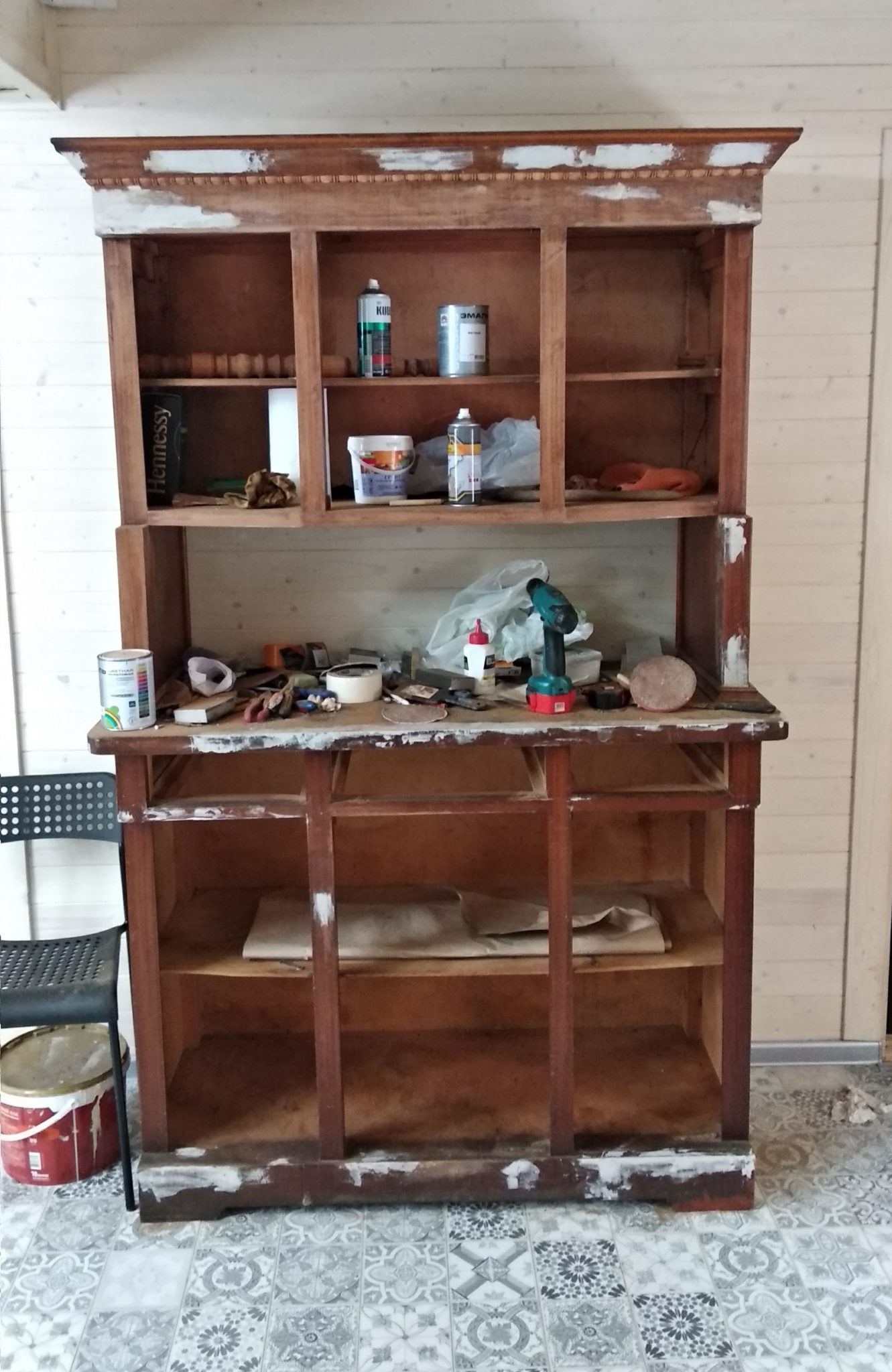
Well, you need to start the process of creating a sideboard with your own hands with a drawing. Thanks to the right design, you will be able to accurately determine the amount of material and decorative elements you need.
After all the necessary measurements and cutting, the assembly of the parts is carried out according to the following plan:
- Procurement of large elements, and then smaller parts.
- Mounting the housing and installing the internal parts using screws and angles.
- Installation of a façade slab with ledges for the doors and rear wall.
- Installation of attachments: hinges, doors, decorative parts.
- Reinstallation and functional check of all components.
- Final decoration: attaching handles, varnishing or decoupage.
A sideboard is a piece of furniture with a long history. Thanks to modern design solutions, it becomes even more functional. A decent appearance will effectively complement any kitchen design.
Video: how to make a farm-style buffet












